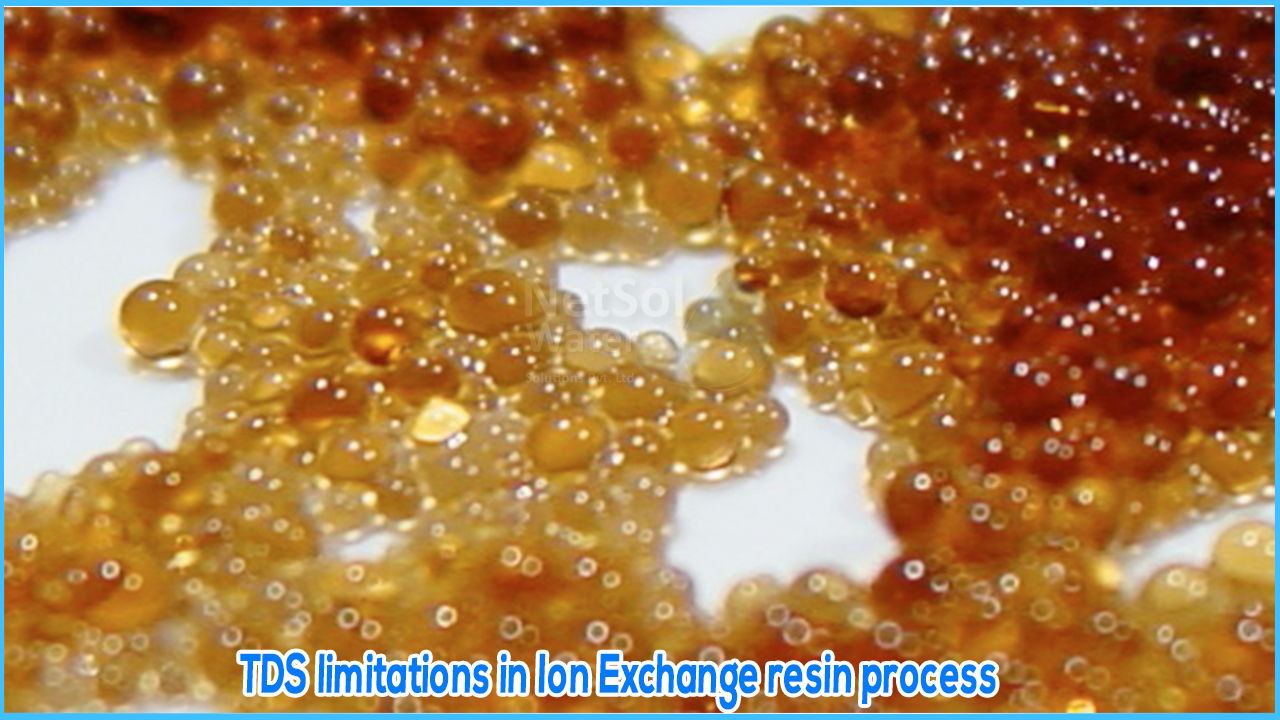Particle trade (IX) frameworks are a conservative approach to treating fluid waste and cycle streams in a variety of ventures. Although IX can be an excellent choice for some water relaxing, purging, and partitioning applications, its performance can be subpar when used to treat streams with high total dissolved solids (TDS).
WHAT IS TDS?
TDS (Total Dissolved Solids) is a total proportion of the atoms, particles, and colloidal matter present in a fluid stream. TDS can contain any combination of inorganic and organic material, such as minerals, salts, metals, cations, and anions. TDS fixation is typically expressed in parts per million (ppm) or milligrams per litre (mg/L).
WHAT IS ION EXCHANGE RESIN SYSTEM?
Particle trade pitches are classified into two types: cation trade saps, which trade strongly charged particles, such as sodium for calcium, and anion trade saps, which trade negatively charged particles, such as chloride, for arsenic. Tars are typically made with a polystyrene polymer spine and differ only in terms of their practical gatherings. Sodium chloride is typically used to recover particle trade frameworks. The arrangement's strength is determined by the strength of the adsorption bond. Normally, NaCl is effective at removing even firmly adsorbed anions.
Because of their low cost and broad application ranges, particle trade pitches are used as frequently as possible for the separation and preconcentration of radionuclides from natural examples. Strongly acidic sulfonated saps containing – SO3 gatherings and less acidic phosphorylated and carboxylated gums are among the most commonly used cation exchangers. The proclivity of cations for trade destinations increases as charge increases and hydrated particle sweep decreases. As utilitarian gatherings, amines are found in anion exchangers.
Fundamental anion exchangers with substituted depositional amines are well-suited for removing tetra- and hexavalent actinides from concentrated nitric and hydrochloric corrosive solutions.
WHAT ARE TDS LIMITATIONS IN ION EXCHANGE RESINS?
Ion exchange resin is a type of polymeric material that is contained within an IX unit. The gum functions by utilizing a physical-compound response known as "particle trade," in which broken up particles in the stream are replaced by more positive particles of a comparable electrical charge.
According to the cycle, IX tar is viable for general decrease of TDS or total suspended solids (TSS) when applied in a wide range of toxins, however it is a financially savvy and productive strategy for specific expulsion of explicit constituents in a stream, for example, for corrosive partition, metals recuperation, and relaxing applications, among others.
IX Resins are best for obtaining streams with low to moderate TDS levels. This is due to the fact that high TDS levels will quickly debilitate IX tars, necessitating more frequent recovery cycles.
There are frequently no firm details regarding acceptable TDS levels for IX. While IX can theoretically be used to treat streams with any TDS level, unreasonable support requirements and short support cycles become limiting factors for most offices. As a result, the higher the TDS, the less grounded IX becomes.




